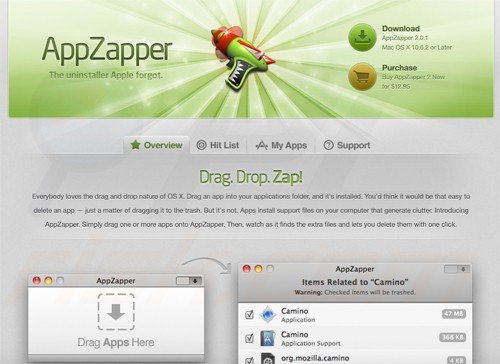

#Cleanapp windows update#
You won’t be able to downgrade to the previous Windows 10 update after removing these files, but Windows automatically removes these files after 10 days anyway. Feel free to remove these files if your computer is working properly. We started with over 900 computers and found 300+ inactive accounts. We used the AD Cleanup tool to find unused computer accounts and disabled them. Be sure you don’t want to recover any files from the Recycle Bin before checking this option.Īfter a big update like the April 2018 Update itself, you’ll also see a “ Previous Windows installation(s)” entry here. There could be a number of reasons but they need to be found and determined if they can be disabled or removed.

This will erase any deleted files in your Recycle Bin.

If everything is working fine, feel free to delete them.īe careful when checking the “Recycle Bin” option here. For example, “Windows upgrade log files” and “System created Windows Error Reporting Files” are both only helpful if your PC is experiencing problems. You can delete everything here as long as your computer is functioning properly. Windows shows exactly how much space you’ll free up by removing each type of data. Scroll through the list and check the different types of data you want to remove. Unlike the old Disk Cleanup tool, this screen only shows data you can actually remove, and it scans both user files like your Recycle Bin and system data like old Windows installations at the same time. Windows automatically scans your PC for unnecessary data that it can removed to free up space.


 0 kommentar(er)
0 kommentar(er)
